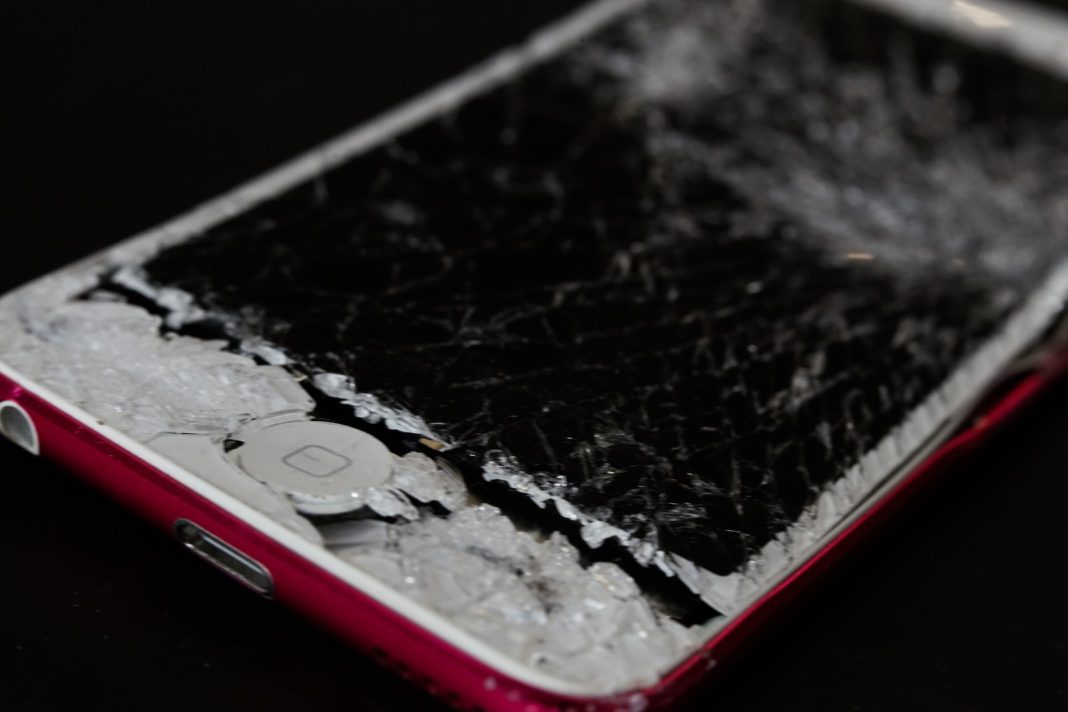In the fast-paced world of smartphones, an unresponsive touchscreen can quickly turn convenience into frustration. Whether you’re wielding the latest iPhone 15 Pro Max or rocking the classic iPhone 5s, touchscreen issues can happen to the best of them. The good news? More often than not, it’s a software glitch rather than a hardware failure. Here’s a comprehensive guide to troubleshoot your iPhone touchscreen issues, starting with the basics and moving on to more advanced solutions.
1. Restart Your iPhone
The simplest solution is often the most effective. Just like your computer, a quick restart can work wonders. For iPhones with Face ID, iPhone 8, or newer models:
- Press and hold the right-side button and either volume button until “Slide to power off” appears.
- Slide to power off, wait 30 seconds, then press and hold the right-side button until the Apple logo appears.
For iPhone 7:
- Press and hold the volume down button and the right-side button until the Apple logo appears.
For iPhone SE (2016) or iPhone 6s and earlier models:
- Press and hold the home button and the right-side or top-corner button until the Apple logo appears.
2. Force Restart Your iPhone
When a simple restart won’t cut it, a force restart might be the answer:
- For iPhone 8, SE, or Face ID models: Quickly press and release the volume up button, followed by the volume down button, and then press and hold the right-side button until the Apple logo appears.
- For iPhone 7: Press and hold the volume down button and the right-side button until the Apple logo appears.
- For iPhone SE (2016) or iPhone 6s and earlier models: Press and hold the home button and the right-side or top-corner button until the Apple logo appears.
3. Check Your Screen Protector and Clean Your Screen
Thin as they are, screen protectors can sometimes cause touchscreen issues. Ensure it’s properly applied and consider removing it temporarily to check if it’s the culprit. Clean your screen with a dry microfiber cloth, especially if there’s dirt, dust, or moisture interfering with the touchscreen.
4. Disconnect Wired Accessories
Believe it or not, connected accessories can occasionally disrupt touchscreen functionality. Disconnect any wired accessories, restart your iPhone, and see if the touchscreen behaves. Older Lightning accessories may pose a greater risk, but it’s worth a shot with USB-C accessories on newer models.
5. Update Your iPhone
Software updates often include fixes for known issues. Ensure your iPhone is running the latest iOS version by navigating to Settings > General > Software Update. If the touchscreen is unresponsive, connect to a computer and use iTunes or Finder to update.
- Connect your device to your computer.
- If using macOS Catalina or later, launch Finder; otherwise, launch iTunes.
- If your iPhone appears in the sidebar, select it, then click Update.
6. Factory Reset Your iPhone
When all else fails, a factory reset might be the last resort. This erases everything, so ensure you have a recent backup. Follow these steps:
- Connect your iPhone to your computer.
- Launch Finder or iTunes.
- Force restart your iPhone.
- When in recovery mode, choose to update your iPhone.
- If unsuccessful, select Restore, but be aware this wipes all data.
- After the restore, set up your iPhone as new to confirm touchscreen functionality.
7. Contact Apple Support
If the touchscreen remains unresponsive after all the troubleshooting steps, it’s time to contact Apple Support. They may offer guidance or recommend a replacement if a hardware issue is suspected. Avoiding a factory reset until consulting with Apple is wise, as they might have alternative solutions that preserve your data.
In conclusion, an unresponsive touchscreen doesn’t have to spell disaster for your iPhone. By following these steps, you can troubleshoot and potentially fix the issue, saving yourself a trip to the Apple Store. Remember, patience is key, and always ensure you have a recent backup before taking any drastic steps.


